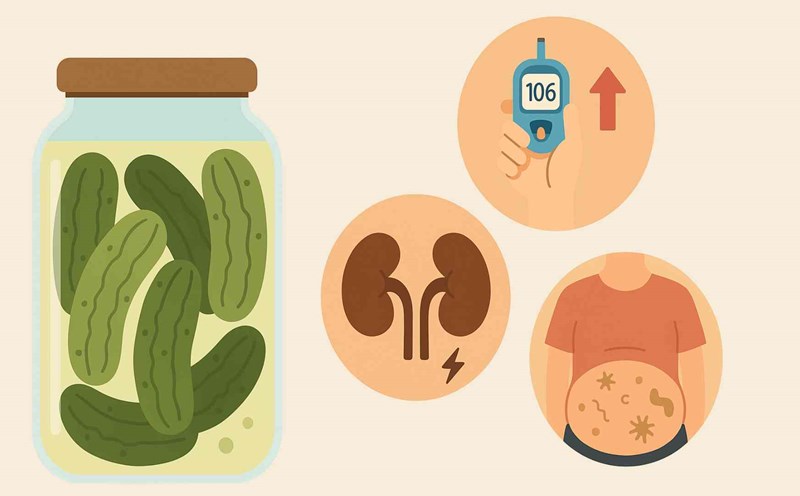According to Harvard Health Publishing, just 1530 minutes of walking properly a day can improve insulin sensitivity and effectively control blood sugar. However, many people make mistakes when choosing the wrong time or intensity, causing the effect to be almost zero.
1. Golden time: 30 minutes after eating
A study published in Diabetes Care showed that walking gently for 1015 minutes after a meal significantly reduces blood sugar after eating in people with type 2 diabetes. When the body is active, glucose in the blood is used directly as energy, instead of accumulating, causing increased blood sugar.
2. Maintain at least 20 minutes, moderate speed
No need to walk too fast or too long, the important thing is to maintain a moderate pace (about 100 steps/minute), regularly for 2030 minutes a day. According to the American Diabetes Association, walking like this every day helps reduce HbA1c the average glycemic index and improves blood pressure and weight.
3. Proper posture, breathing well
Keeping your back straight, your shoulders relaxed, and step moderately, gently reaching your hands and breathing deeply and rhythmically will help blood circulate well, limiting sudden increases in blood pressure when walking. Do not bend, use your phone while walking or wearing headphones, making breathing and observing the surroundings ineffective.
4. Avoid walking too early after eating or when you are too hungry
Walking right after eating can cause bloating and indigestion; while walking when too hungry can easily cause blood sugar to drop. People with underlying medical conditions need to consult a doctor to choose the right time and exercise.
Advice:
Walking after eating not only helps regulate blood sugar but also helps reduce stress, improve sleep and cardiovascular health. This should be considered a habit of life, not just a short-term exercise.











